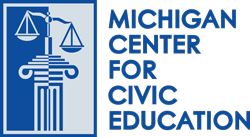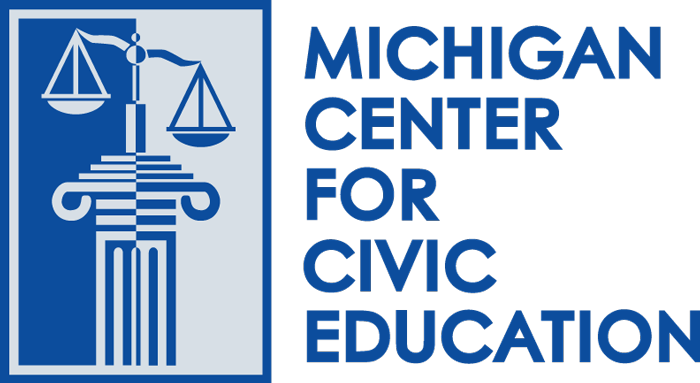This lesson is designed to teach students to appreciate the most basic practices of democracy in the United States: The lesson can be taught in three or four 45-minute class periods. At the heart of the lesson are three easy-to-teach activities (or simulations).
Civics Lessons
Appreciating Democracy
The U.S. Constitution: Continuity and Change in the Governing of the United States
This unit examines continuity and change in the governing of the United States. Lessons one and two are focused on a study of the Constitution and Bill of Rights and provide access to primary source documents from the Library of Congress. Lesson three investigates important issues which confronted the first Congress and has students examine current congressional debate over similar issues. Lesson four features broadsides from the Continental Congress
What Makes an Amendment?
Students will learn about the process of amending the Constitution. They will review the details of the amendment process and discuss its pros and cons. In class activities, assignments, and the Lesson Extensions, student partners and groups will create persuasive presentations that they will share with the class to gain support for an amendment.
The Road to the Constitutional Convention
This lesson focuses on the various problems under the Articles of Confederation between 1783 and 1786 that led to the call for the 1787 Convention. By examining documents of Congress, the state governments, and prominent American founders—both public and private—students better understand why many Americans agreed that the Articles should be revised and amended.
Voting in Congress
Students learn what factors members of Congress consider when deciding whether to vote for a bill. These include the powers given to Congress by the Constitution, members’ personal opinions, political party support, and what voters think. During the first day of the lesson, students find out about each of these factors. During the second day, students get to try their hand at weighing the factors by considering hypothetical bills.
Wanted: A Just Right Government
Students learn how the U.S. Constitution came to exist by looking at the tensions and differences of opinion that existed among early American states and citizens. Students learn about the Articles of Confederation, why the first “constitution” didn’t work, and how compromise led to the Constitution.
What Makes Lawmakers Tick?
This is the final lesson of three lessons on the Fundamentals of Representative Democracy.
This lesson is designed to give students a better idea of what makes members of Congress and state legislators tick. What motivates them, why do they run, what attributes and skills do they possess, and what is the nature of their jobs? This lesson relies upon a lawmaker being invited and coming to class to answer student questions about legislative life.
Why Do We Have a House and Senate, Anyway?
Students learn why there are two houses of Congress and discover how a bicameral legislature ensures that states have a voice in bills. Together, the class creates a school cell phone policy and experiments with different voting groups that demonstrate why the bicameral compromise was necessary. Students also examine how things might be different today if there were just a House or a Senate.

